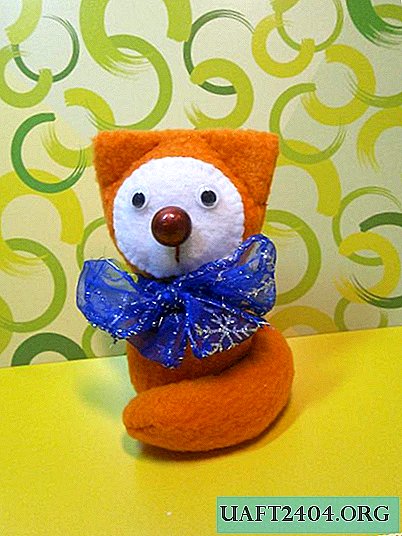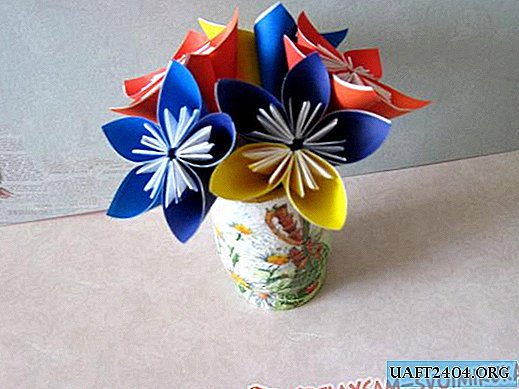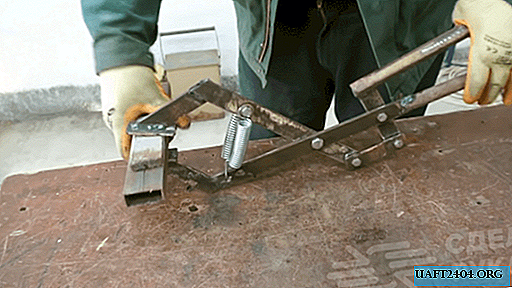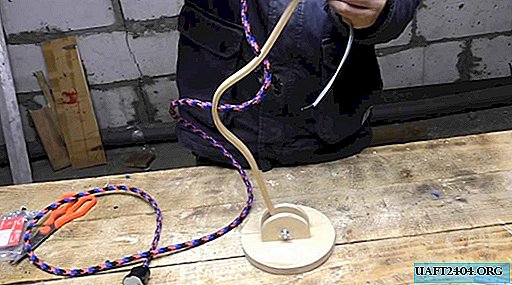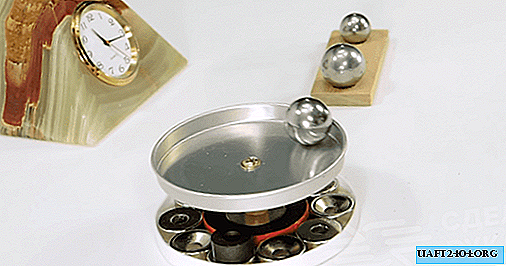Share
Pin
Tweet
Send
Share
Send
The game is designed for children of primary school age, and possibly older children in kindergarten. At the age of 4-5 years, fidgets may well count to 10. For older pupils, when developing material, we recommend that you safely use numbers up to 100. After 1-2 months of daily training, both at home and in educational institutions, we get the long-awaited result.
What is the meaning of the game?
On the canvas randomly placed numbers from "1" to "?". Purpose: to find and count as many digits as possible for a certain time, for example, 1 minute. Participants: 2 or more players. Mom is a worthy opponent to her child in the battle for victory.
How to make a game?
We suggest considering an interesting option using herbarium. You will need:
- dried colorful leaves (for color).
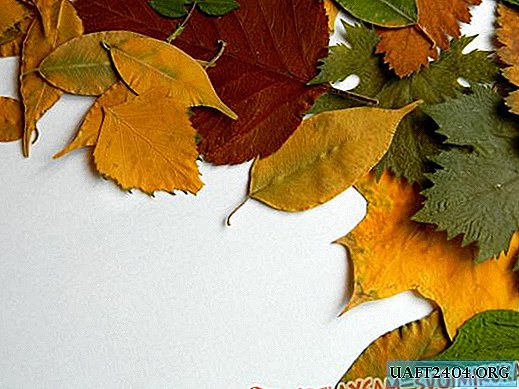
- old wall calendar.

- A4 sheet and thick cardboard.
- glue.
- scissors.
At the first stage, gently stick the album sheet onto the cardboard. We lay out and glue the dry leaves of bushes and trees from above: grape, maple, birch, aspen and others. It turns a motley picture.

We take the wall calendar and cut out the desired number of numbers: 10, 20, 30, 40, etc. An example is shown in the photo.

We finish the creation of the game by sticking randomly on the leaves of the cut calendar numbers. That's what we get.



A DIY game for the development of memory and attention using herbarium is ready. Interesting, colorful, useful.
Left:
- attach the cardboard with tape to the wall.
- find a simulated pointer, which we will point to numbers.
- call classmates or relatives.
The tournament is declared open.
Share
Pin
Tweet
Send
Share
Send


